Storyboarding the Spontaneous: Following the Wind with Photographer Mike Mezeul II
Landscape and nature photographer Mike Mezeul II takes us behind the workflow that has created incredible images of nature's beauty and power.
Wayne Grayson • Mar 25, 2024
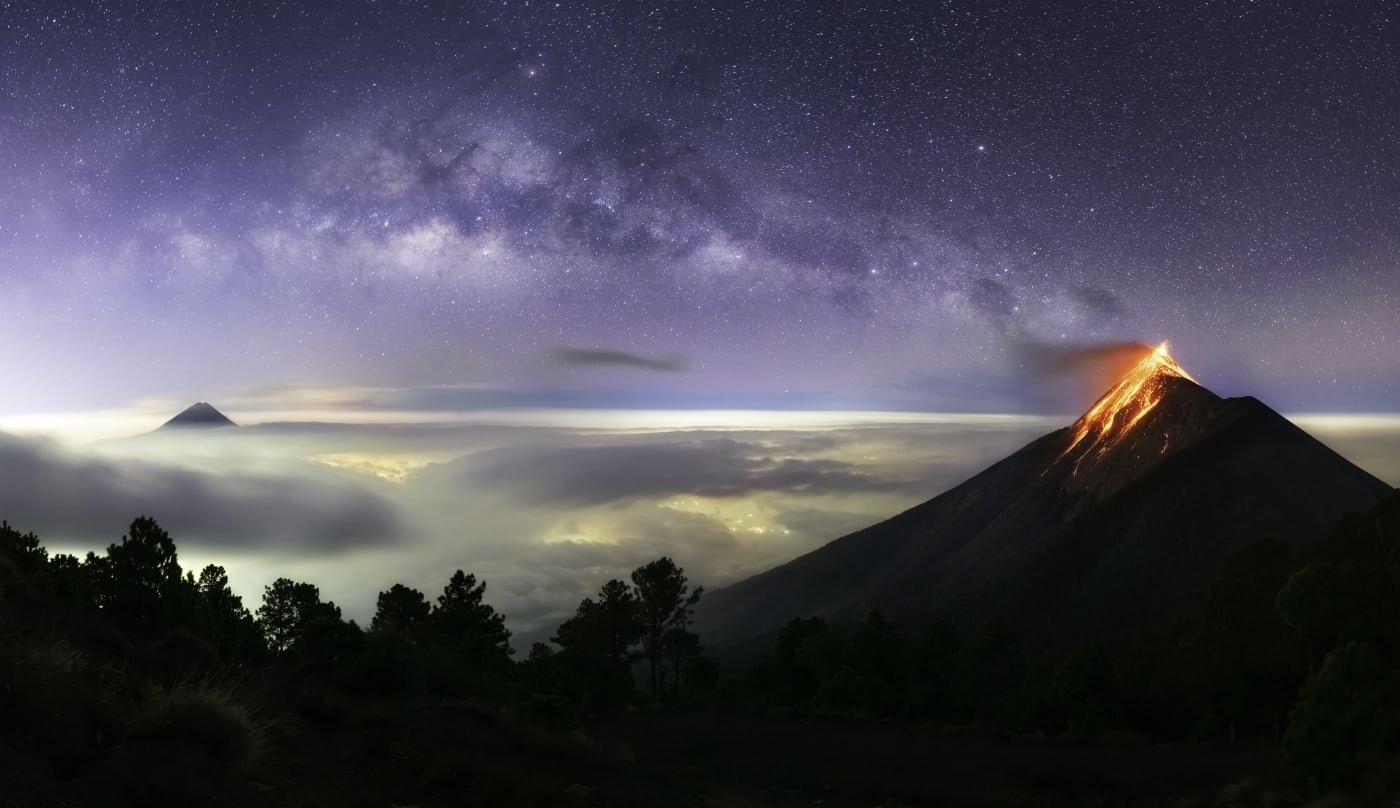
Typically, saying someone has their “head in the clouds” is a bad thing. But that couldn’t be further from the truth for Mike Mezeul II.
“I remember being that random kid at recess just lying on a picnic table, staring at the clouds and not socializing,” Mezeul remembers. “But I was literally just fascinated by the clouds. And as I grew older I started getting more interested. These clouds do things. They create thunderstorms.”
Mezeul’s preoccupation with the sky led him to studying atmospheric science in college. But even as Mezeul’s understanding of the science grew, his childlike fascination with the beauty above us remained.
“I started to get interested in photography in college. And what better way to tie hobbies together than photographing the thing you’re really interested in?” Mezeul posits. Now training his camera on his favorite subject, Mezeul became passionate about documenting both the beauty and the power of the weather.
Fast forward to today and Mezeul is one of the most accomplished landscape and nature photographers working. He has ventured to some of the most incredible and powerful locations on the planet for absolutely epic shots. And he’s not just photographing the sky anymore.
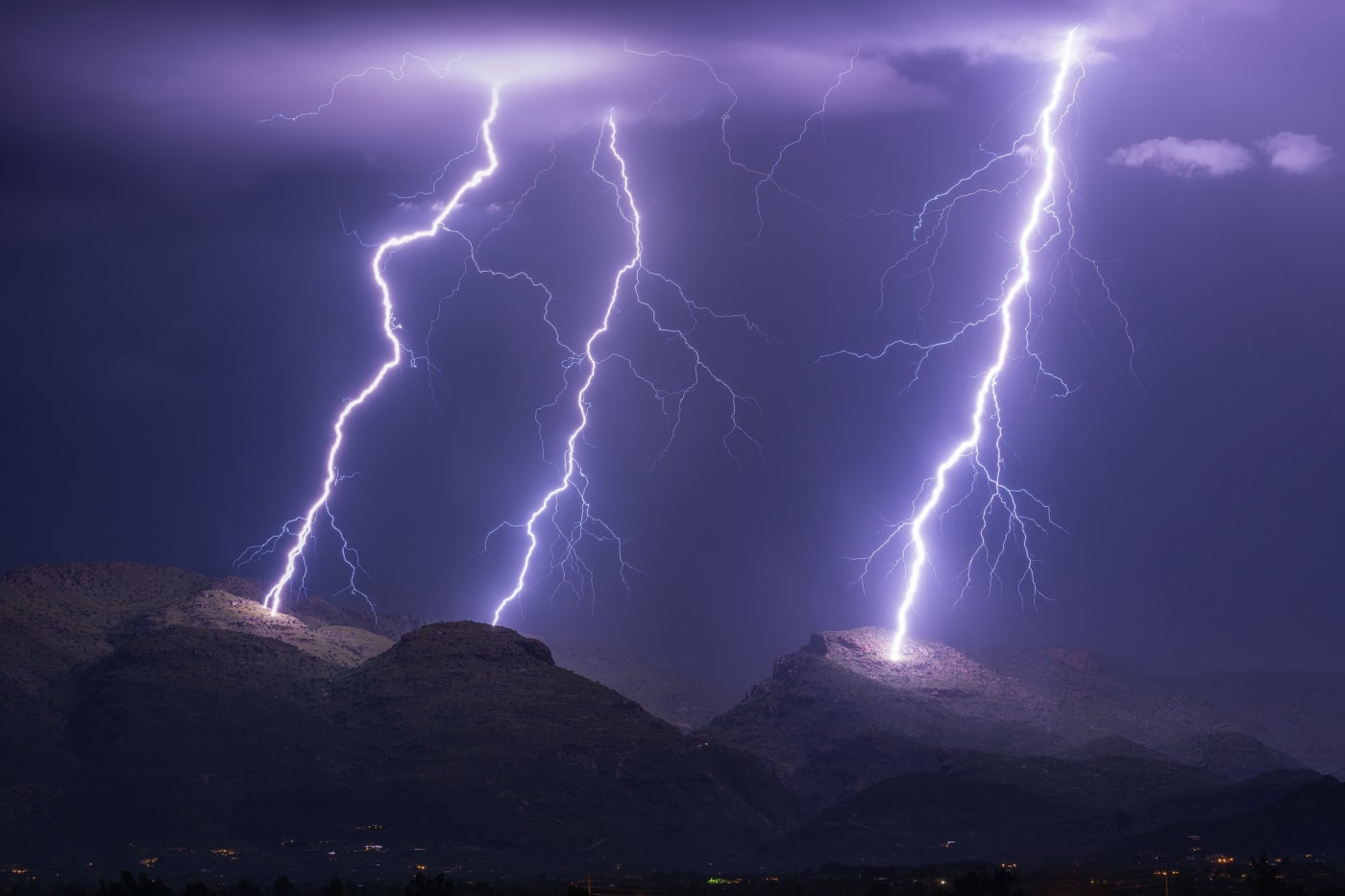
His desire to capture both the beauty and the brawn of Mother Nature led him to seek out new vistas—specifically volcanoes.
“There’s so much in this world that’s awesome. That’s kind of the path I took to get where I am today,” Mezeul explains. If it’s awesome and inspires others to stop, look and appreciate our planet, Mezeul wants to shoot it.
“I don’t consider myself an adrenaline junkie because I actually have anxiety quite a bit where— like with storms—I still get nervous every time I photograph one,” he explains. “With volcanoes, I still get nervous. I love it, but I wouldn’t say I’m an adrenaline junkie. I just appreciate the hell out of nature and what it’s capable of.”
Preparation is key
The level of respect Mother Nature demands requires a serious load out of gear, but more importantly, a serious level of preparation. In fact, preparation is the foundation to Mezeul’s workflow.
“Being prepared can make or break whether or not you get a great shot,” he says, adding that it’s simply not something he likes to leave to chance.
Mezeul keeps his gear packed up and ready to go since it’s hard to predict the moment a storm or other stunning moment will materialize.
He keeps his batteries charged, memory cards cleared, and keeps his camera bodies outfitted with the lenses he feels will be most beneficial for the subject matter he is chasing.
And because a trip might call for shooting video and photos, Mezeul says he makes sure he has memory cards with enough storage space and speed to eliminate the possibility of having to swap cards out during a shoot. His card of choice is the 325GB Atlas Ultra CFexpress Type B.
He even keeps a bag ready specifically for volcanoes packed with everything he will need to get close to an eruption and stay close: gas mask and filters, protective clothing, etc.
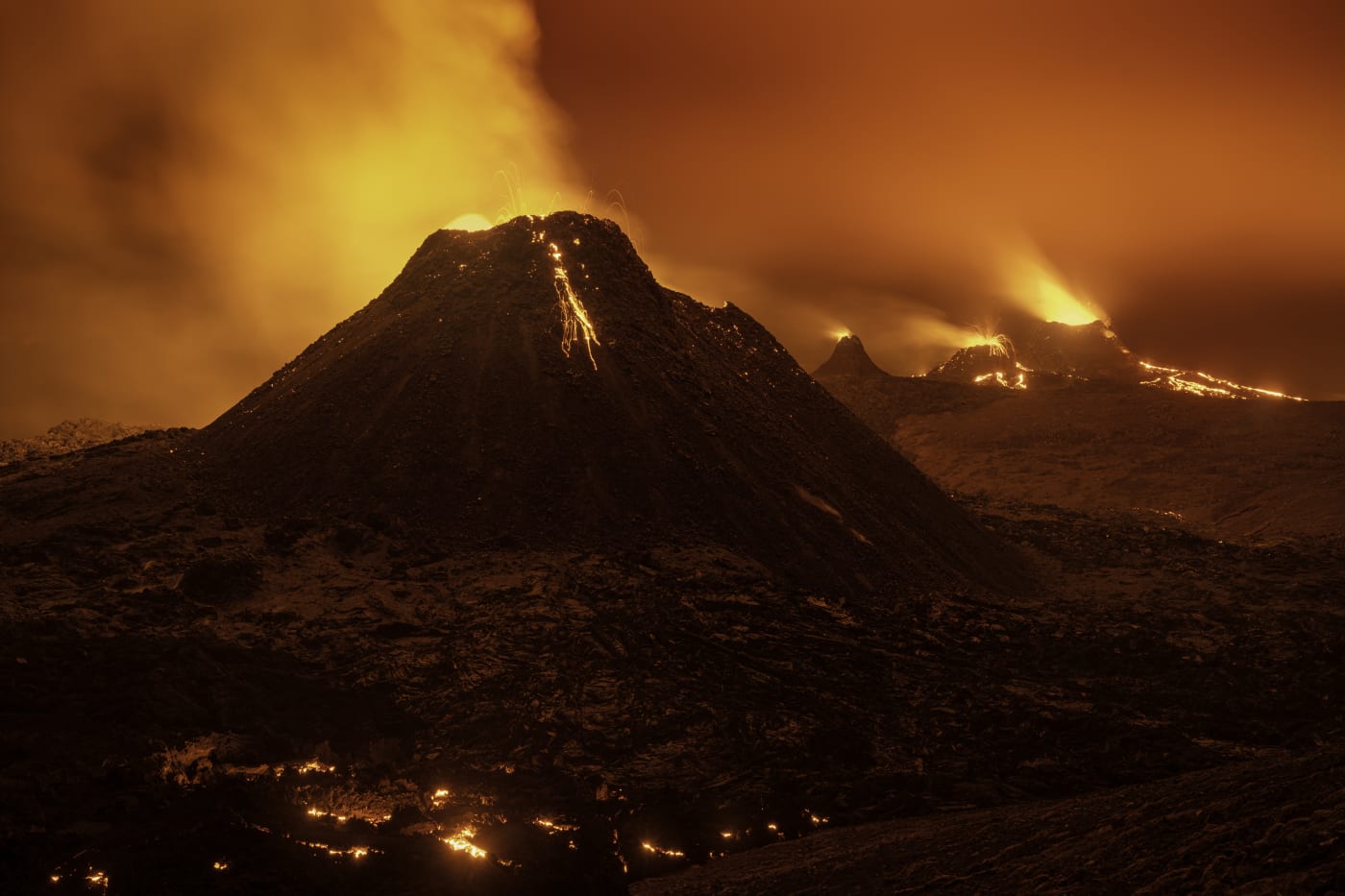
And because the events can happen anywhere and at anytime, Mezeul also stashes away money for an emergency trip to capture natural phenomena.
“If a volcano erupts and it’s a major event, you need to be out there very quick for that,” Mezeul says. “I have that chunk of money set aside for my plane ticket so I always have the funding to get where I need to go.
“Preparedness is key,” he adds. “I think that the experience of shooting volcanoes is a perfect sort of metaphor for preparedness as a photographer in general.”
But Mezeul’s preparation extends far beyond his gear.
Storyboarding the unpredictable
Once he has settled on a specific destination and subject, Mezeul begins to storyboard his vision of a particular natural event. This includes not only the type of shot he’d like to capture, but also, the cameras, lenses, memory cards, and other gear that he will use to get that shot.
“These are my opportunities to tell a story,” he says. “So, you need to have a recipe for success.”
In the hours and days before shoot, Mezeul will write the whole shoot out—shot by shot and frame by frame. He notes focal lengths, exposure times, composition and much more.
He often employs 3 x 5 notecards to sketch out how the shot as he sees it in his mind’s eye for reference later.
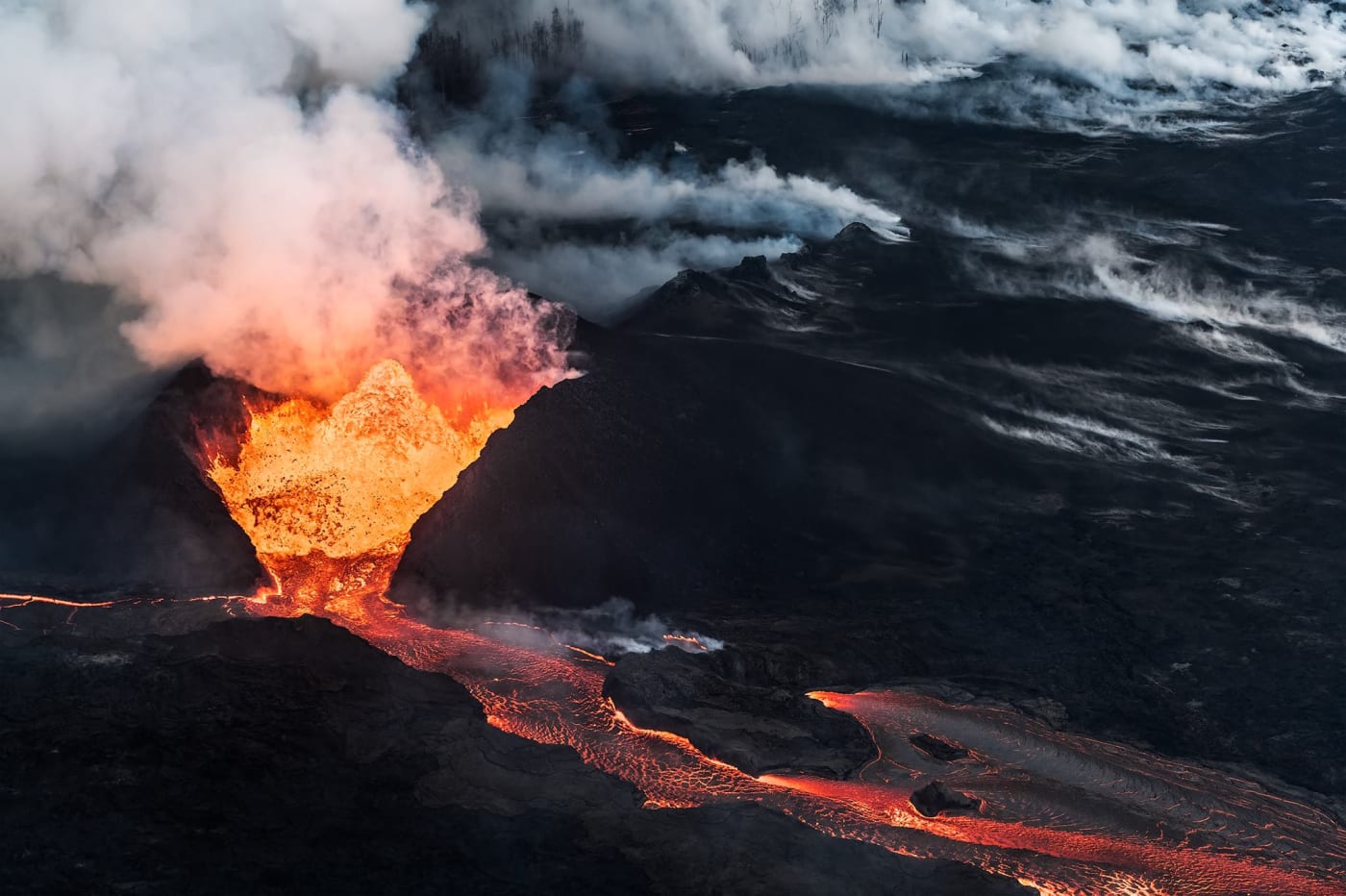
Of course he can't anticipate everything: where a lava run might flow, or whether a tornado will drop alongside him. But Mezeul says that when and if those moments do happen, the storyboarding saves him from being distracted by other elements: Does he have the right lens? Would following what's happening now mean he could miss another shot that he really wanted to get?
“Everything that I can put into it to help me get out there and execute my vision,” he says. “And the storyboarding is often very important because a lot of scenes that I get into are chaotic. There are a lot of other factors that I have to pay attention to in the moment so it can be very easy to lose track of exactly what it is you want or maybe even forget a particular shot that you really wanted.”
Mezeul says he has been saved many times by his storyboards, especially after a long shoot where he’s tired, hungry, or otherwise not feeling well and his mind is having trouble staying 100% focused on photography. “Having these notecards that I can pull out and look at really helps reel me back in, reset, and say ‘OK. This is what I came here for.”
The Payoff
Upon learning about Mezeul’s workflow it’s no wonder he’s been able to capture so many incredible moments. One that is particularly emblematic of his approach to his craft is a photo called “A Twisted Rainbow."
In April of 2021, Mezeul was storm chasing from a vehicle when he saw a tornado forming across a field.
“The sky opened up, sunlight came out, and a little bit of rain was wrapping around the tornado,” he recalls. “I looked to my right and saw the sunlight, looked to my left and saw the tornado and thought ‘Oh my God. We’re going to get a rainbow on the polarizer.’
“So I hopped out of the vehicle and just started rattling off frames.”
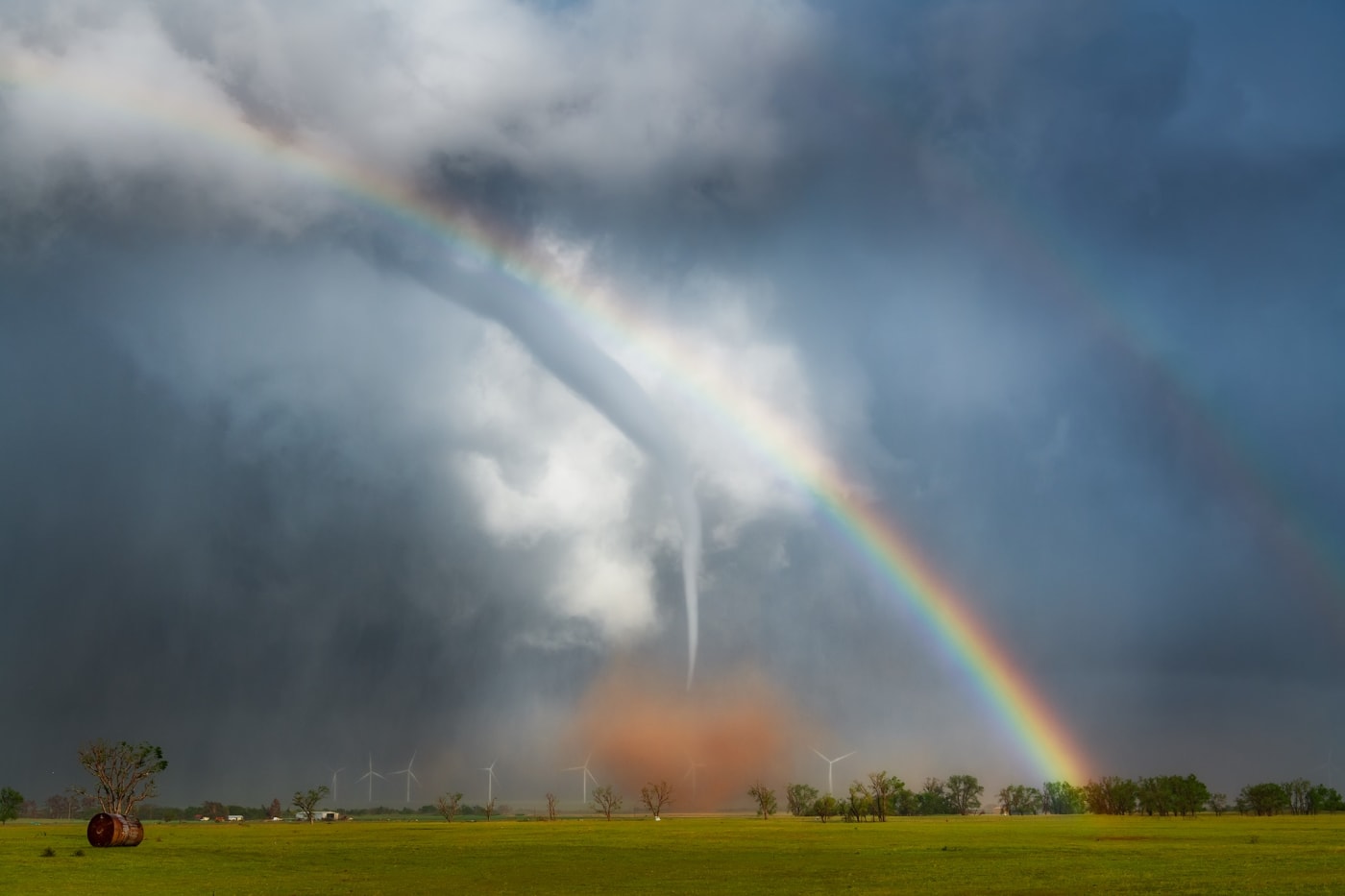
Sure enough, Mezeul got his rainbow. The resulting image, shown above, captures a thin white tornado seemingly playing limbo beneath one half of a rainbow against a dark sky.
“That rainbow came and left just as quickly,” he says. “Those are the moments—not to sound too cheesy—but those are the moments where you’re just like ‘Wow. Nature is really cool.’”
Images with intent
As Mezeul looks forward, he explains that he hopes to do more work documenting the ocean and the need for better protection and conservation of these precious ecosystems.
“I really want to find a story that will help make people aware of how drastically things are changing right now,” he says. “We need to take steps to help not only ourselves but the animals that call the ocean home.”
Last year, Mezeul traveled to Tonga to photograph humpback whales and the experience left a lasting impact on him.
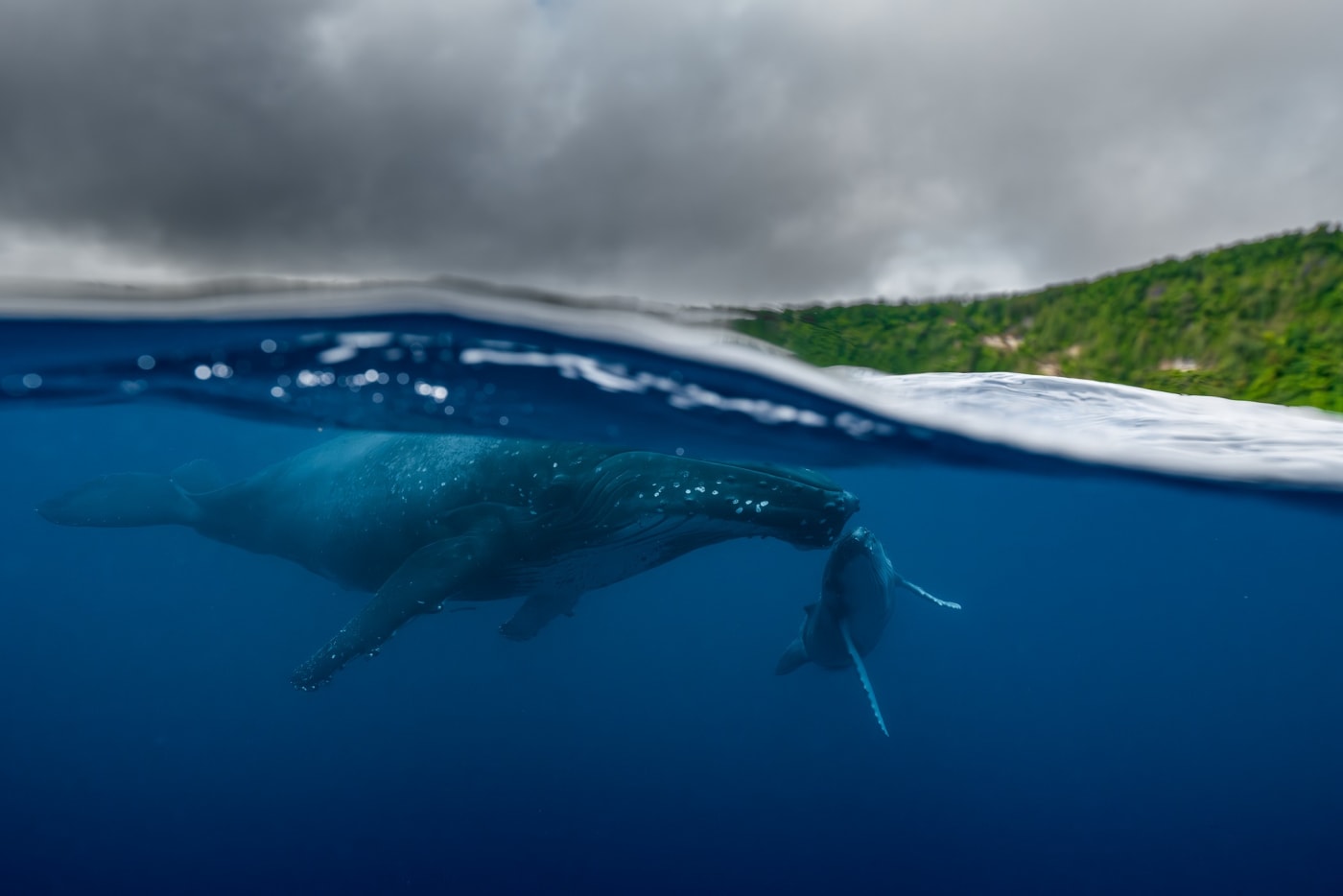
“Just seeing the whales and the calves and how innocent they are and just how beautiful everything was, and then looking down and seeing oil barrels at the bottom of the ocean and fishing nets,” Mezeul says. “We need to take better care of this.”
Mezeul says he would like to put together a project where he would be able to spend a couple of weeks documenting humpback whales and their environment. “I want to create a story showing that it’s not just blue water that they swim in. There’s a significant amount of pollution in these waters,” he says.
“They get caught up in abandoned fishing nets and drown. The ocean water temperatures are rising and that’s affecting the locations of the krill and their food sources. I’d love to find a project that is in that direction.”
View more of Mike's work at his website and on his Instagram page.
 USA + International
USA + International OWC Canda
OWC Canda OWC Europe
OWC Europe